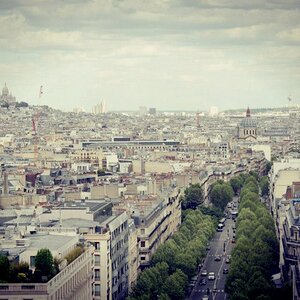hombredelmar
No longer a newbie, moving up!
- Joined
- Apr 3, 2014
- Messages
- 358
- Reaction score
- 26
- Location
- NY
- Can others edit my Photos
- Photos NOT OK to edit
Einstain E640 vs AlienBees B1600
I have noticed that one company makes both flash units and Einstain E640=500.00 dollars while AlienBees B1600 that is almost 3 times more powerfull and costs only 359.00.
Wanted to know the difference and why someone would buy Einstain E640 over Alient Bees B1600?
Thank you once again!
Just realized that both units are 640 Ws but still would like to know why these two units are different in price?
I have noticed that one company makes both flash units and Einstain E640=500.00 dollars while AlienBees B1600 that is almost 3 times more powerfull and costs only 359.00.
Wanted to know the difference and why someone would buy Einstain E640 over Alient Bees B1600?
Thank you once again!
Just realized that both units are 640 Ws but still would like to know why these two units are different in price?
Last edited:


![[No title]](/data/xfmg/thumbnail/30/30870-c7febc7c14dc6447653c2ae2355ffc61.jpg?1619734488)
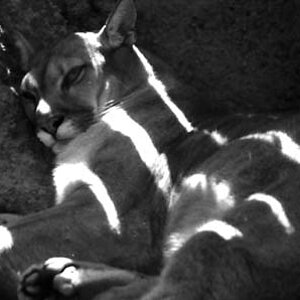
![[No title]](/data/xfmg/thumbnail/41/41755-a922f39cc29ff8f6e66a197508bf99f3.jpg?1619739881)
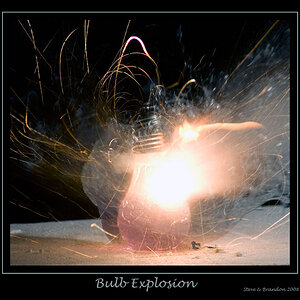
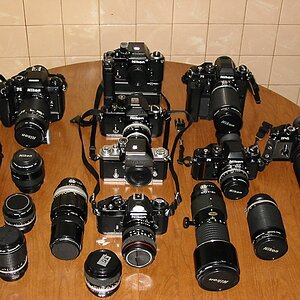
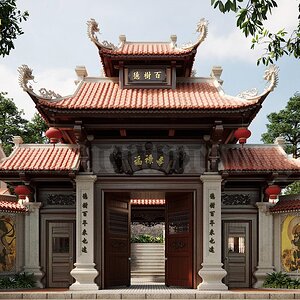
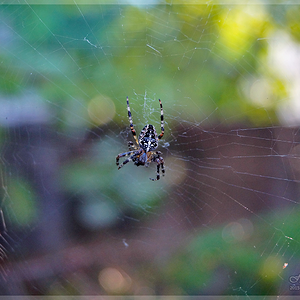
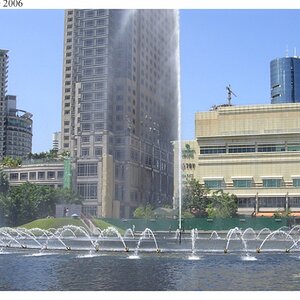
![[No title]](/data/xfmg/thumbnail/36/36301-27972c0474532c2ef657014362950733.jpg?1619737495)
![[No title]](/data/xfmg/thumbnail/30/30872-cd51e29bb57fff318ae9841cb002aa5b.jpg?1619734489)
![[No title]](/data/xfmg/thumbnail/36/36302-6ee4929dfdf80290ffd73704693e860f.jpg?1619737496)
